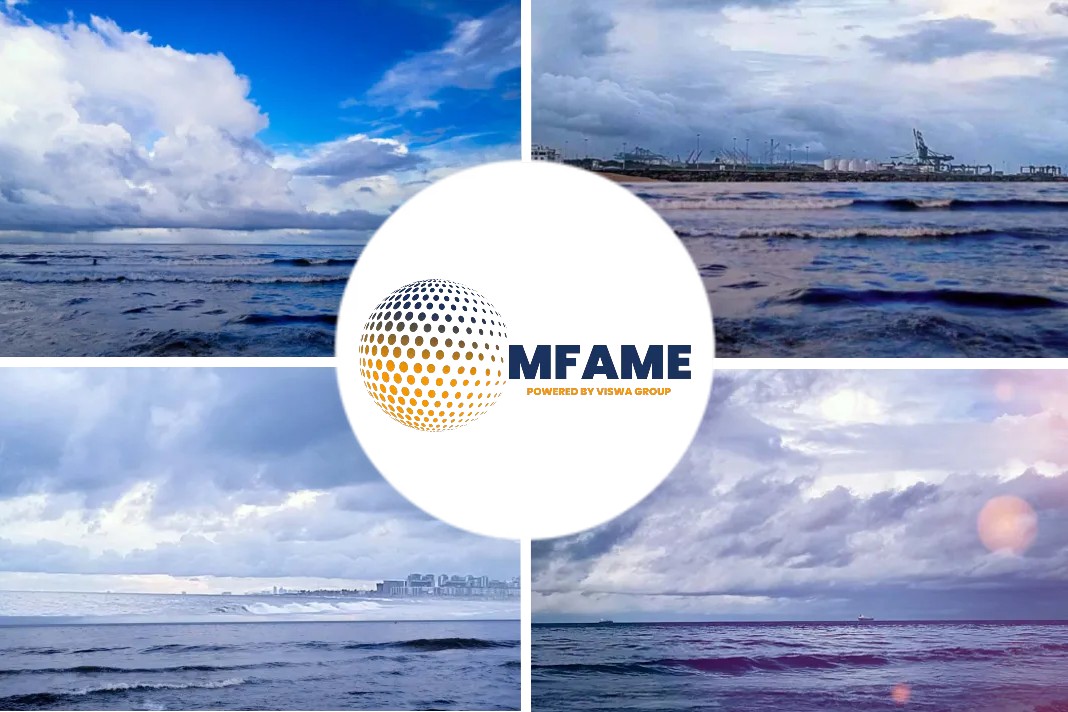For the first time, the CSIRO has allowed undergraduates access to the RV Investigator for an opportunity to explore the vessel’s laboratories and research facilities.
The Floating Classroom program was launched by the organisation’s Marine National Facility to give selected STEM students an awareness of real-world applications of their studies.
Physics students from the Queensland University of Technology (QUT) were the first in the country to participate in the class, featuring a tour of the facilities and tools marine scientists use as they collect and analyse data during a voyage.
QUT professor and chief scientist during the Investigator’s 2016 expedition Zoran Ristovski organised the trip for his students.
“I give them data that we have collected during various voyages and within their projects they have to crunch the data,” he said.
“[Students] get some points, some data, some xy graphs, but it makes much more sense when they see how and why it’s collected and what do we do with the data.”
Second-year physics and math undergrad Harry Cox said getting out on the ship was insightful.
“I look at this day and think about being inspired and new job opportunities,” he said.
“I don’t really know where I want to get a job yet and places like this, experiences like this are really good for me and the rest of the guys here.”
Fourth-year student Melissa Chiem said touring the ship gave her a better understanding of what scientists did with the high-tech equipment.
“It’s cool to see where it gets set up, how one would work on it on open, rough seas trying to calibrate and fix instrumentation that’s really complicated,” she said.
A unique opportunity
The ship has been in service since 2014, supporting Australia’s atmospheric, oceanographic, biological and geosciences research from the northern tropics to the Antarctic.
Floating Classroom coordinator Dr Ben Arthur said the program was developed to give budding scientists access to the state-of-the-art research facility in action.
“Any Australian educator can come on board the ship and see all the facilities and infrastructure that supports the scientific research that this vessel does, but also more importantly have a more hands on science lesson,” he said.
“We’ve been able to map to new depths of the ocean, discovered extinct volcanoes … we’ve mapped cloud formation over the great barrier reef and what affect that is having on rainfall.”
The program is set to become a permanent fixture with classes planned later in the year in Sydney and Hobart.
Did you subscribe for our daily newsletter?
It’s Free! Click here to Subscribe!
Source: ABC


















